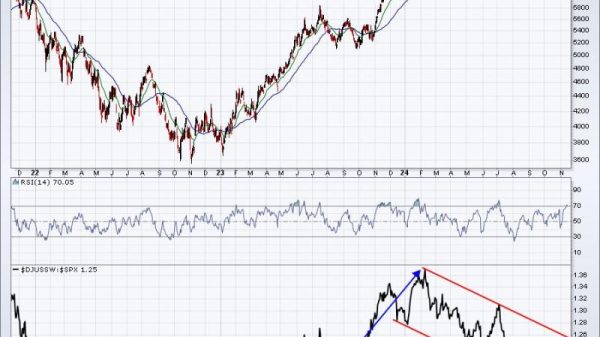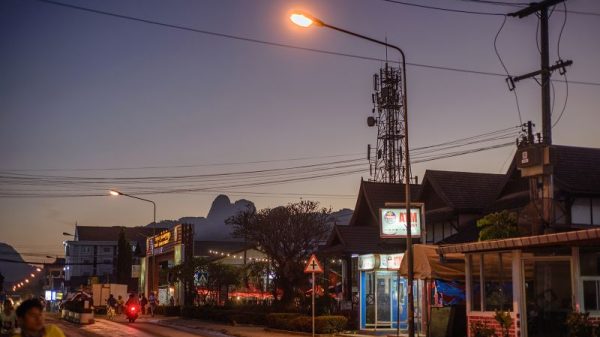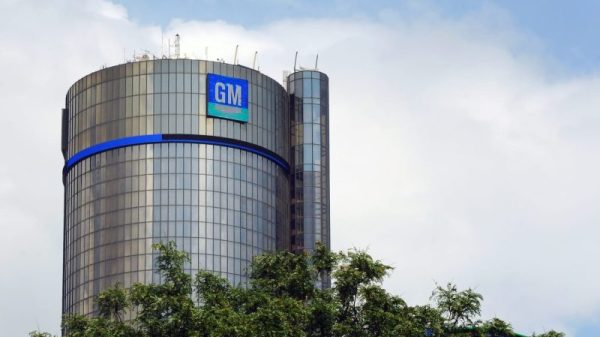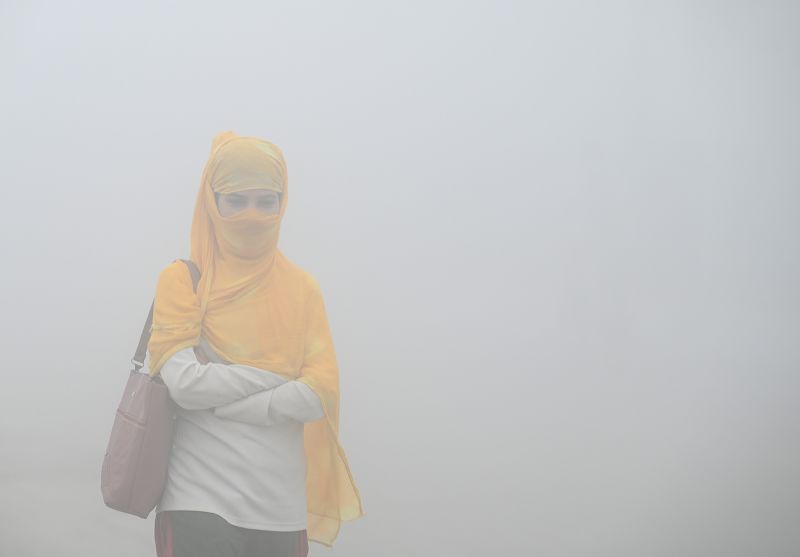In an era marked by pioneering technological advancement and globalization, every corner of the earth seems virtually accessible and hopefully pristine. Yet, not all parts of the world are a paradise. Delve deeper into the urban realm and you’ll find cities grappling with an invisible yet omnipresent threat – pollution. Deemed the world’s most polluted city by the World Health Organization (WHO), the residents of New Delhi, India, find themselves amidst a daily battle against utterly unhealthy air quality, where, as they say, It’s impossible to breathe.
To comprehend the extent of the air pollution problem in New Delhi, one needs to first understand the Air Quality Index (AQI). The AQI is essentially a yardstick that runs from 0 to 500, and the higher the AQI value, the greater the level of air pollution. An AQI value of 100 generally corresponds to satisfactory air quality, whereas a value above 300 signifies hazardous conditions. New Delhi’s AQI has repeatedly exceeded an astounding 999, a figure off the charts, making every breath potentially harmful for its residents.
New Delhi’s teeming population of over 20 million people see the sun as a hazy orb suspended in the sky, often occluded by thick smog. The smog not only obscures vision but invades homes, permeates clothes, and worst of all, assaults lungs. Many liken the health effects of living in New Delhi to smoking a pack of cigarettes a day – a testament to the stark reality that its residents face daily.
In the world’s most polluted city, the causes behind the dire air quality are manifold. The unregulated burning of waste in landfills is a significant daily source of air pollution. In addition, vehicle emissions, construction dust, and industrial emissions form a dangerous cocktail of fine particulate pollution. This problem becomes significantly amplified in the winter months when the burning of stubble by farmers in neighboring states creates an additional layer of stubborn smog.
The effects of the city’s toxic air quality are severe and wide-ranging. Chronic exposure to the city’s air results in a plethora of health issues for its inhabitants, which include respiratory illnesses, impaired lung function, asthmatic conditions, and a potentially increased risk of heart attacks and lung cancer. The city’s young and elderly populations are particularly vulnerable. Furthermore, the pollution crisis also impacts the city’s economy and infrastructure, with regular school closures due to poor air quality and a high number of sick days taken by the city’s workforce

































